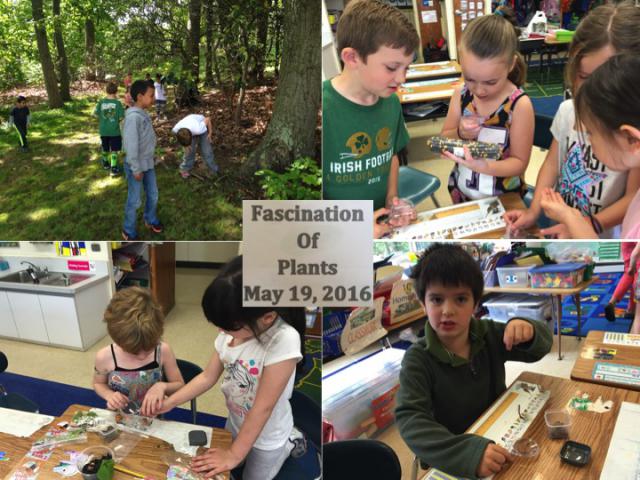Submitted by marcela.karey on Thu, 05/19/2016 - 14:53
Fascination of Plants Day (FoPD) is celebrated around the world on May 18th. Although this worldwide event runs every other year and the next one is planned for 2017, smaller and local events were encouraged per individual and local interest on 2016.
What a better way to celebrate FoPD than learning about the awesomeness of plants and the seeds they make!
Image:

Seed collection expedition and seed detectives in action!
Submitted by marcela.karey on Mon, 05/02/2016 - 15:41
Are you ready for this year's Biology of Genomes conference at the Cold Spring Harbor Laboratory?
Come meet the Gramene team and get the latest updates to Gramene’s comparative genomics and pathways visualization/mining tools to aid your research of plant models and crops!
Gramene will participate at this conference with the following posters:
Submitted by marcela.karey on Tue, 04/19/2016 - 11:17
WISP course on Wheat Genetics
John Innes Centre, Norwich, UK
21-24 November 2016
Submitted by marcela.karey on Wed, 04/13/2016 - 14:42
Are you ready for this year's Plant Biology Conference?
As every year, Gramene will be participating at ASPB's most anticipated annual meeting with the following events:
Submitted by marcela.karey on Wed, 04/13/2016 - 09:43
Submitted by marcela.karey on Thu, 04/07/2016 - 16:11
The Gramene Team is pleased to announce its release #50. In collaboration with Ensembl Plants, we are providing in this release:
Submitted by yinping on Wed, 03/30/2016 - 17:11
Submitted by marcela.karey on Sat, 03/26/2016 - 08:04
Plant Variation in Gramene!
The Gramene database (http://www.gramene.org) has the pleasure to invite you to a FREE 30-min webinar to learn how to explore and visualize structural and genetic variation data (e.g., naturally occurring SNPs, inter-homoeologous variants and induced point-mutations) for 12 plant species in Gramene and Ensembl Plants.
Submitted by marcela.karey on Thu, 03/17/2016 - 15:18
In the context of the Maize Genetics Conference 2016, the Gramene Project will be presenting a workshop on Thursday, 17 March 2016 from 3:30 - 4:30 PM EDT in the Daytona Room of the Hyatt Regency Jacksonville Riverfront.
Submitted by marcela.karey on Tue, 02/09/2016 - 17:56
In recent months, the Plant Bioinformatics volume of the Methods in Molecular Biology protocols series edited by Professor David Edwards of the University of Queensland, Australia, was published. This volume included 18 chapters covering various topics of interest to the plant research community and featured bioinformatic resources available for plant researchers. The Gramene Database was featured in one of those chapters.
Pages